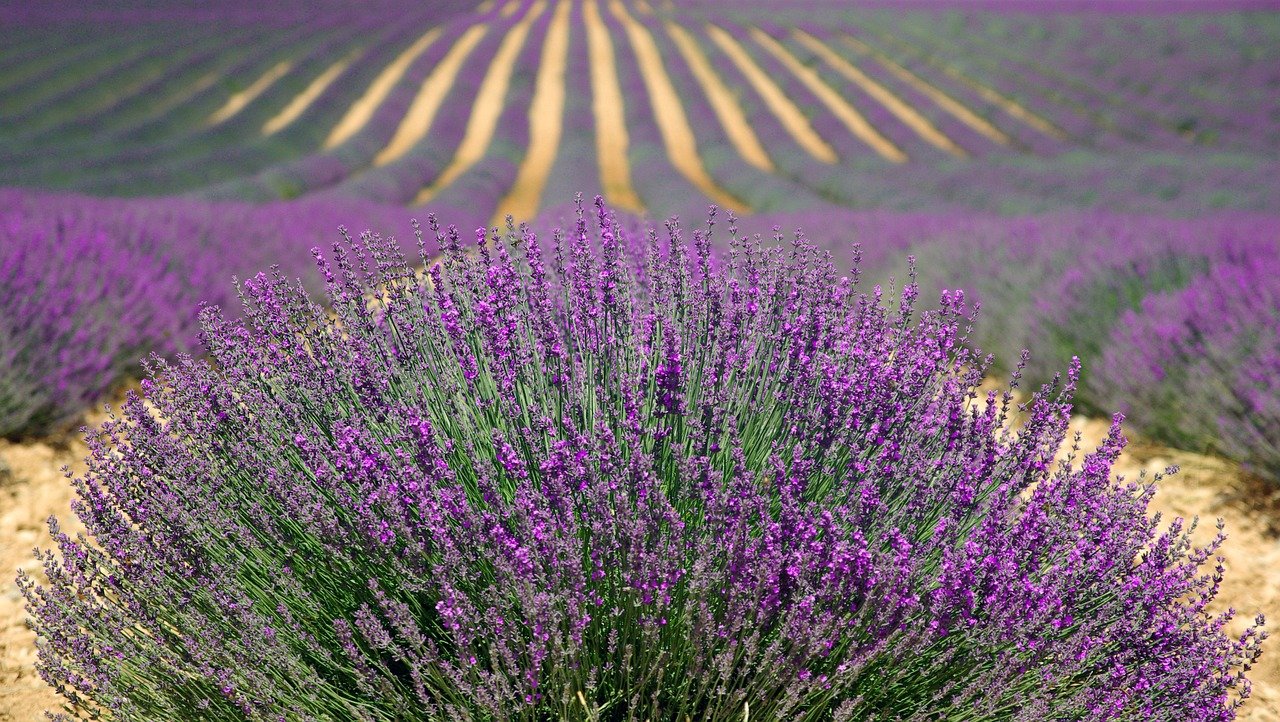My Top Three Essential Oils For Soap Making
One of the many joys of making your own soap is being able to choose which essential oils that you want to include. You can select scents according to the ‘mood’ that you want to create and the type of aromatherapy benefits that you would like to include.
There is an abundance of essential oils to choose from and when you are starting out it can be overwhelming knowing where to begin.
Did you know that essential oils are categorised according to musical scales? We have a very wise Frenchman called Piesse to thank for this method of classification. It can make life a little easier if you get to know your notes!
Top notes are the scents that you will smell first and they are not very long lasting as they evaporate quickly. They are generally less expensive than other oils.
Middle notes are not as immediately evident to your sense of smell. Most essential oils fit into this category and they will give body to a blend.
Base notes are normally intense and will anchor a blend. They are usually more expensive than other oils.
It's important to mention that due to their very nature essential oils are delicate which is why we love them in the first place. But for the same reason some will not work in cold process soap. This can be very frustrating when you have waited weeks for your soap to cure and find that there is no fragrance. The fact is that some essential oils just won't survive the saponification process. The main culprits are the citrus oils but you can blend them with an anchor scent or combine them with an ingredient like oats to hold the scent for longer.
My top three essential oils for soap making, which are all great oils to have in your collection include:
Lemongrass (top to middle note) is an essential oil that everyone loves. I have never heard anyone saying that they don’t like it. I have run many soap making classes which gives me a good idea which essential oils are the most popular. Lemongrass stimulates and wakes up your senses. The scent reminds me of lemon sherbets and is a sweet, fresh oil that can provide headache relief.
Lemongrass blends well with basil, cedarwood and lavender. INCI name: Cymbopogon flexuosus.
Lavender essential oil (middle to top note) is an all-time classic. I think it’s a bit like marmite as you either love it or you hate it. If you love it then you love it with all your heart and embrace it like a long-lost friend. It provides soothing comfort and it is regarded as the most versatile oil in terms of its therapeutic properties. It creates a relaxing mood and is very healing.
Lavender blends well with cedarwood, lemon and grapefruit. INCI name: Lavandula angustifolia.
Cedarwood essential oil (base note) will transport you to a beautiful woodland fresh with morning dew. It has a deep, woody aroma. It creates a sense of peace as it calms the nerves and it helps boost circulation.
Cedarwood blends well with bergamot, lavender and rosemary. INCI name: Cedrus atlantica.
Please remember that essential oils are very concentrated and powerful oils and should not be used at home to treat serious medical or psychological conditions. If you are pregnant it is always a good idea to talk to your doctor or midwife before using essential oils.

